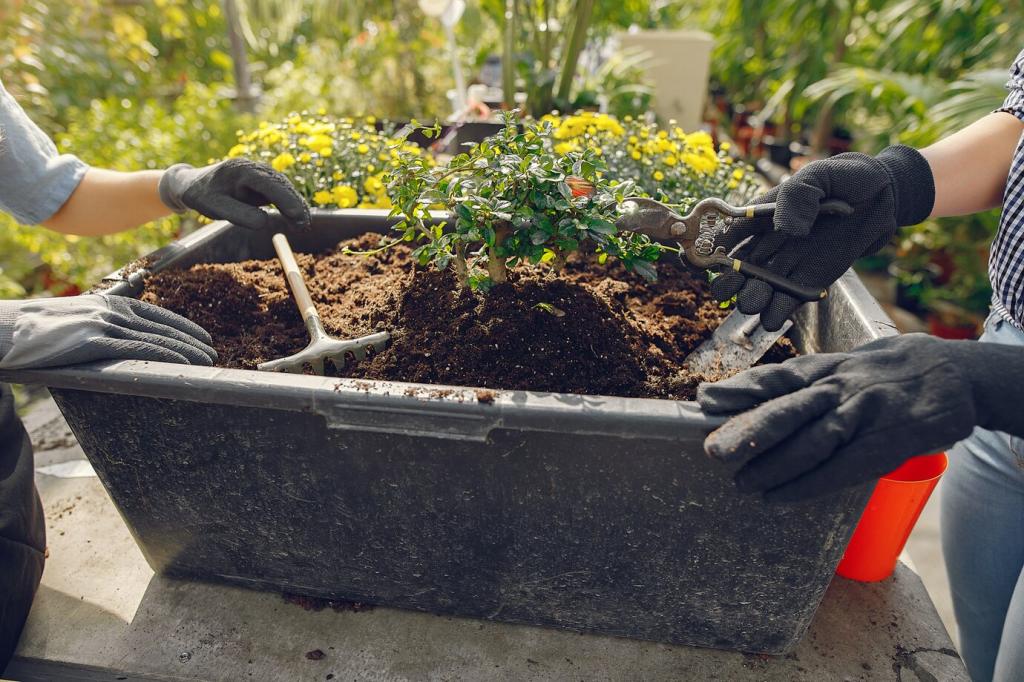
Rooftop Gardens: Transforming Cityscapes into Green Sanctuaries
Rooftop gardens are rapidly revolutionizing urban environments, shifting city skylines from concrete and steel into vibrant, living landscapes. These elevated green spaces not only bring dazzling visual changes but also introduce essential ecological benefits to metropolitan life. As urban populations grow, rooftop gardens offer an innovative response to environmental challenges, enhancing both the sustainability and livability of our cities. Discover how these sky-high sanctuaries are turning once-barren rooftops into flourishing oases that enrich city living for people, plants, and the planet alike.
Urbanization and the Need for Green Spaces
As cities expand and urban areas become even more crowded, the critical need for green spaces has never been more apparent. Traditional parks and gardens are often scarce or difficult to access, leaving residents with limited opportunities to engage with nature. Rooftop gardens present a creative and effective solution by transforming empty rooftops into lush, relaxing retreats accessible to city inhabitants. These green pockets offer restorative environments, counteracting the sensory overload of urban life, improving mental well-being, and providing a breath of fresh air in concrete-heavy regions.
Architectural Innovation Meets Sustainability
Rooftop gardens embody the powerful convergence of architectural ingenuity and sustainability. Modern building designs are now integrating green roofs at the planning stage, ensuring that new developments prioritize both aesthetics and environmental responsibility. These installations often utilize cutting-edge materials and drainage systems to support a variety of plant species, adding a dynamic, living layer to urban infrastructure. This not only redefines the visual identity of cities but also supports broader sustainability goals by fostering biodiversity and reducing buildings’ ecological footprint.
Community Engagement and City Pride
Rooftop gardens have become symbols of community engagement and collective city pride. Many rooftop projects are collaborative efforts, involving building residents, local organizations, and even city governments. Through workshops, gardening clubs, and shared planting initiatives, rooftop gardens cultivate a sense of community ownership and personal investment. This shared stewardship strengthens civic ties and engenders a spirit of environmental responsibility, turning rooftops into more than just green spaces—they become central points for urban socialization and resilience.
Previous slide
Next slide
Environmental and Health Benefits
Rooftop gardens actively help cleanse urban air by capturing airborne pollutants and producing oxygen, a vital service in pollution-heavy city centers. The plants installed on green roofs also play an important role in cooling urban environments. Through evapotranspiration and the insulating effect of greenery, rooftop gardens cool the air and reduce roof surface temperatures, which subsequently lowers building cooling costs. This cooling effect helps alleviate the urban heat island phenomenon, making cities more comfortable and sustainable places to live during increasingly hot summers.

Design Challenges and Creative Solutions
One of the primary technical hurdles in rooftop garden design is ensuring that a building’s structure can safely support the additional weight of soil, plants, and water. Engineers must perform rigorous assessments to determine load-bearing capacities and select appropriate materials to minimize stress on the roof. Lightweight soil blends, modular planting systems, and advanced irrigation methods help address these concerns. By working closely with structural experts, designers are able to realize lush rooftop gardens even on older buildings, proving that green sanctuaries are possible in a variety of urban contexts.
City rooftops are exposed to intense sun, wind, and temperature fluctuations, requiring careful plant selection and garden design. Drought-tolerant and native species are often favored, as they are better suited to withstand the harsh rooftop conditions. Designers incorporate windbreaks, shade structures, and rainwater harvesting systems to create resilient microclimates for plant growth. With a strategic mix of hardy perennials, ornamental grasses, and flowering shrubs, rooftop gardens can flourish year-round, offering a burst of color and life despite challenging weather.
Establishing rooftop gardens often involves negotiating zoning laws, building codes, and policy regulations, which can vary widely across cities. Designers and project leaders work to secure permits, address safety standards, and coordinate access for installation and maintenance. These regulatory priorities require collaboration with city officials, community groups, and building managers. Advocates for green rooftops also promote policy changes to incentivize their construction, ultimately making rooftop greening a more attainable goal for a broader range of buildings and developers.

